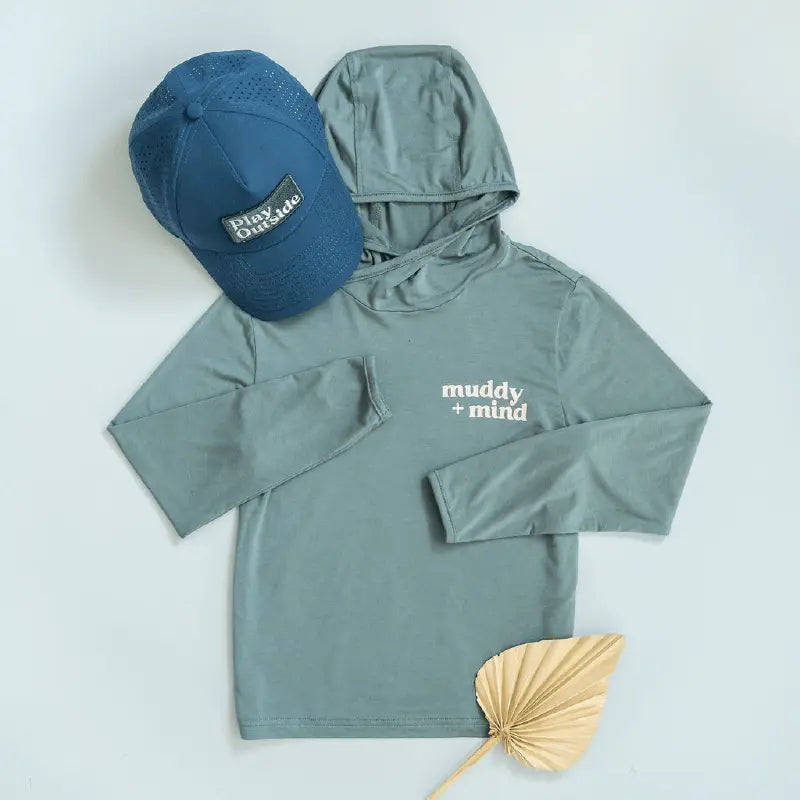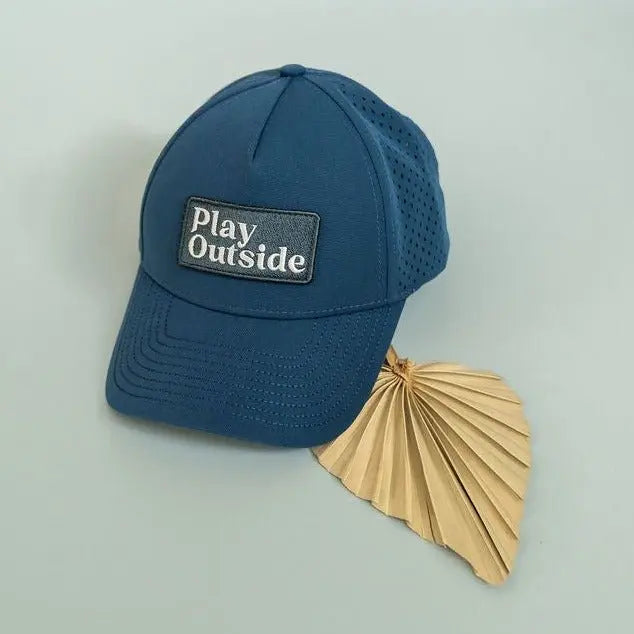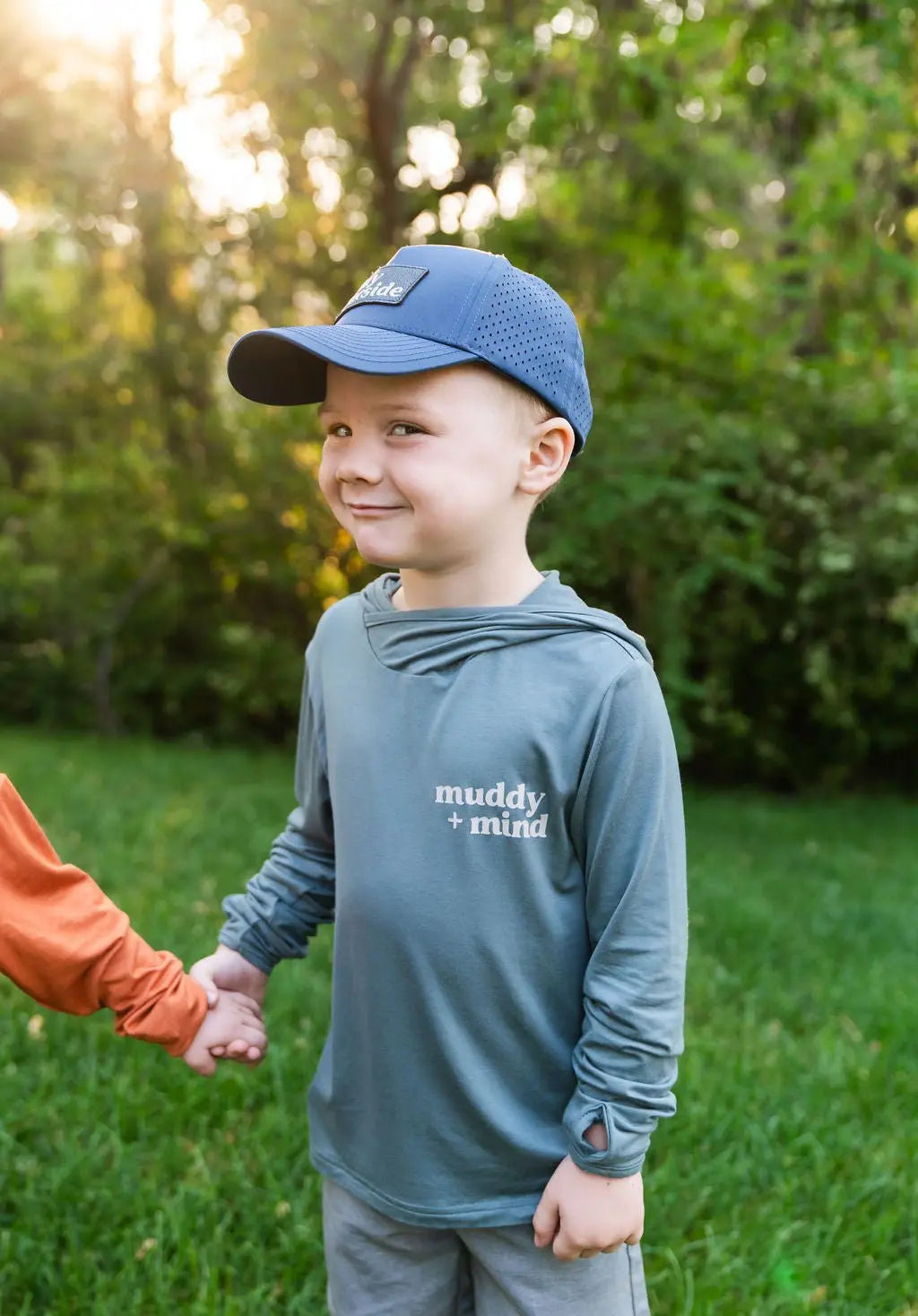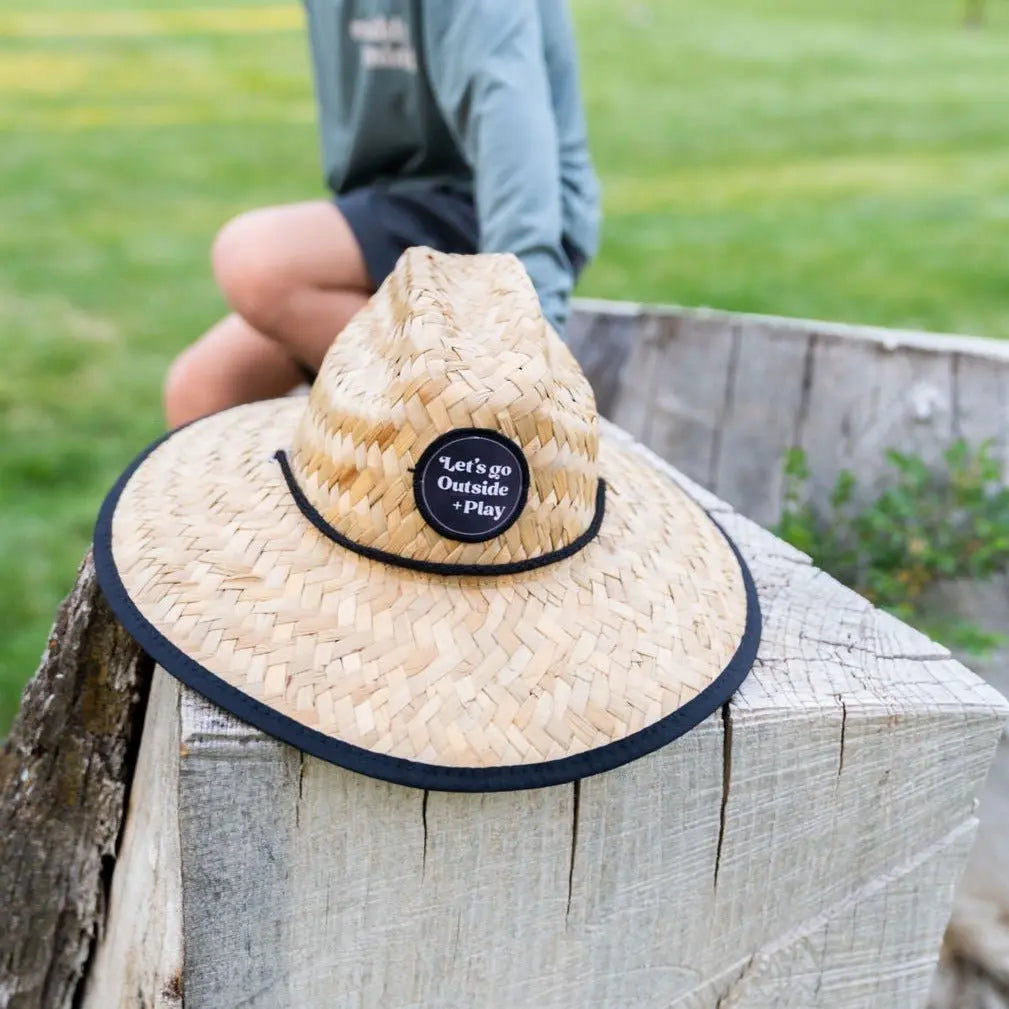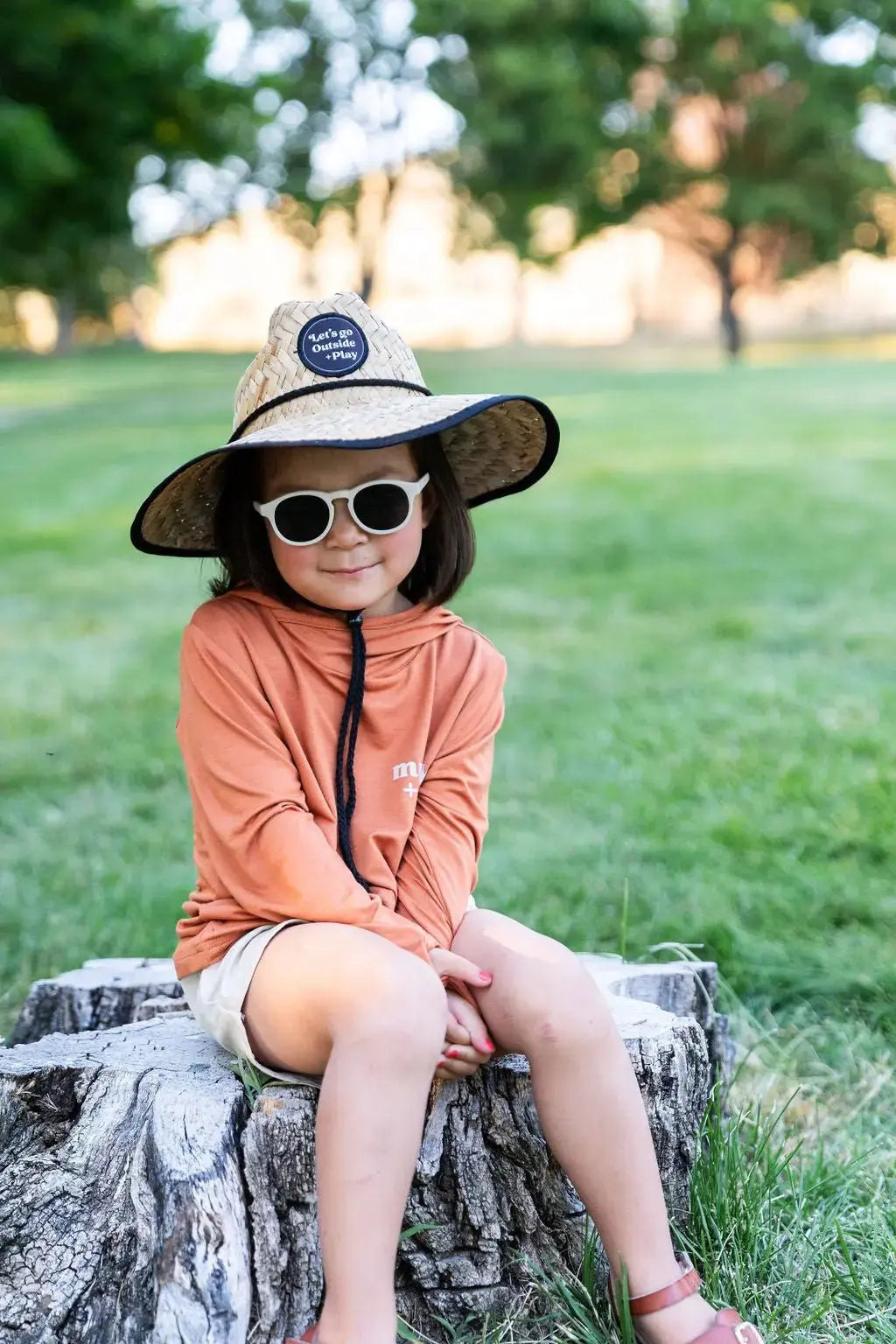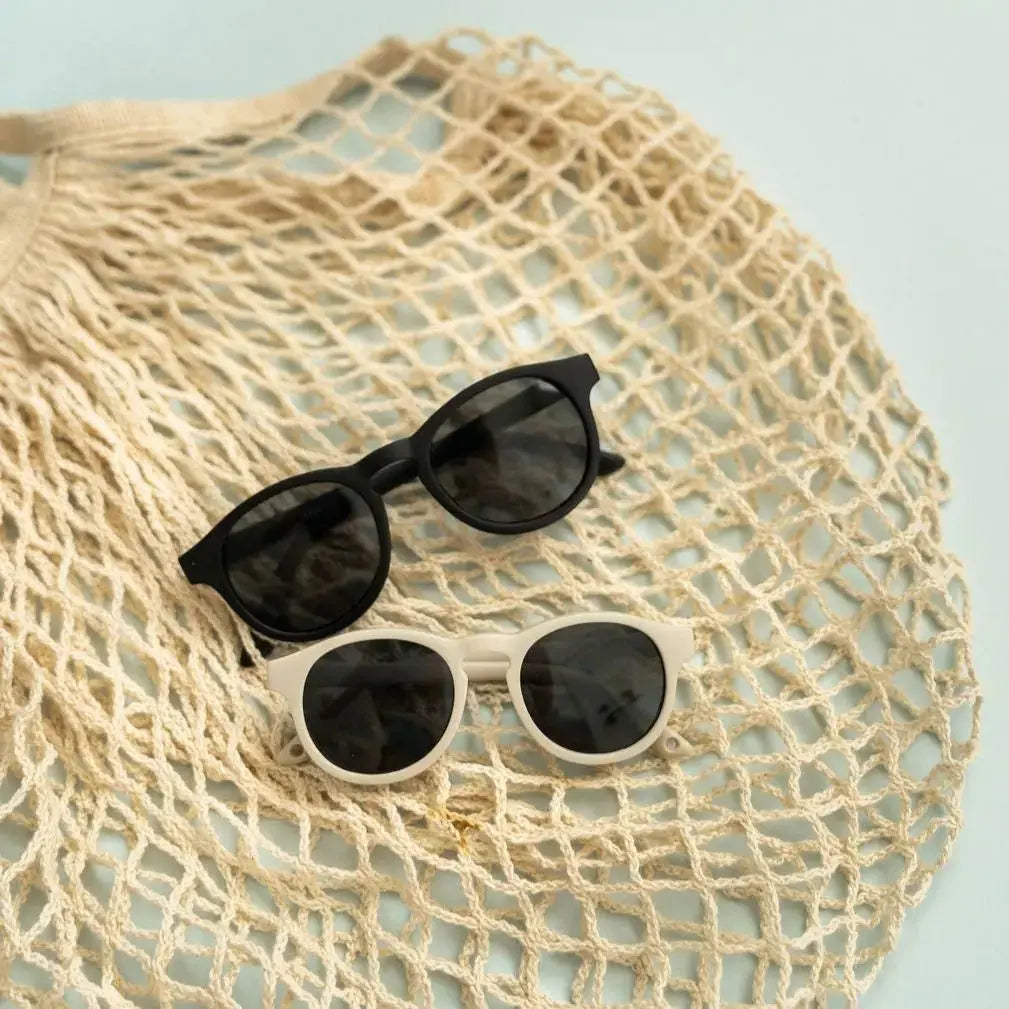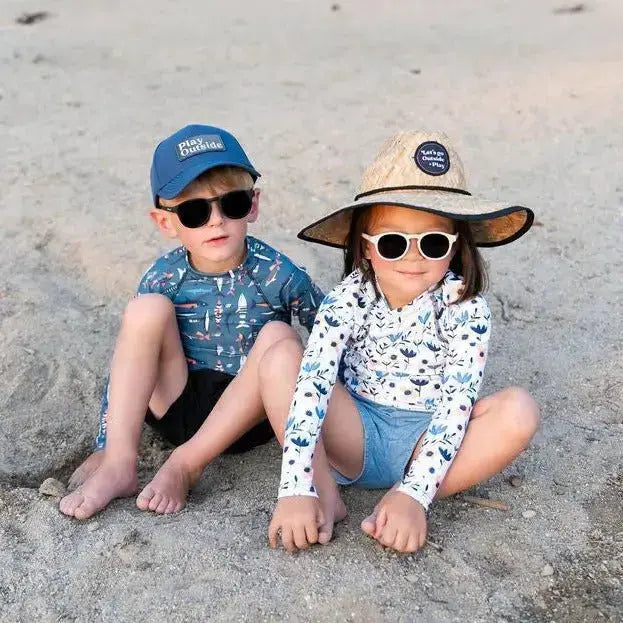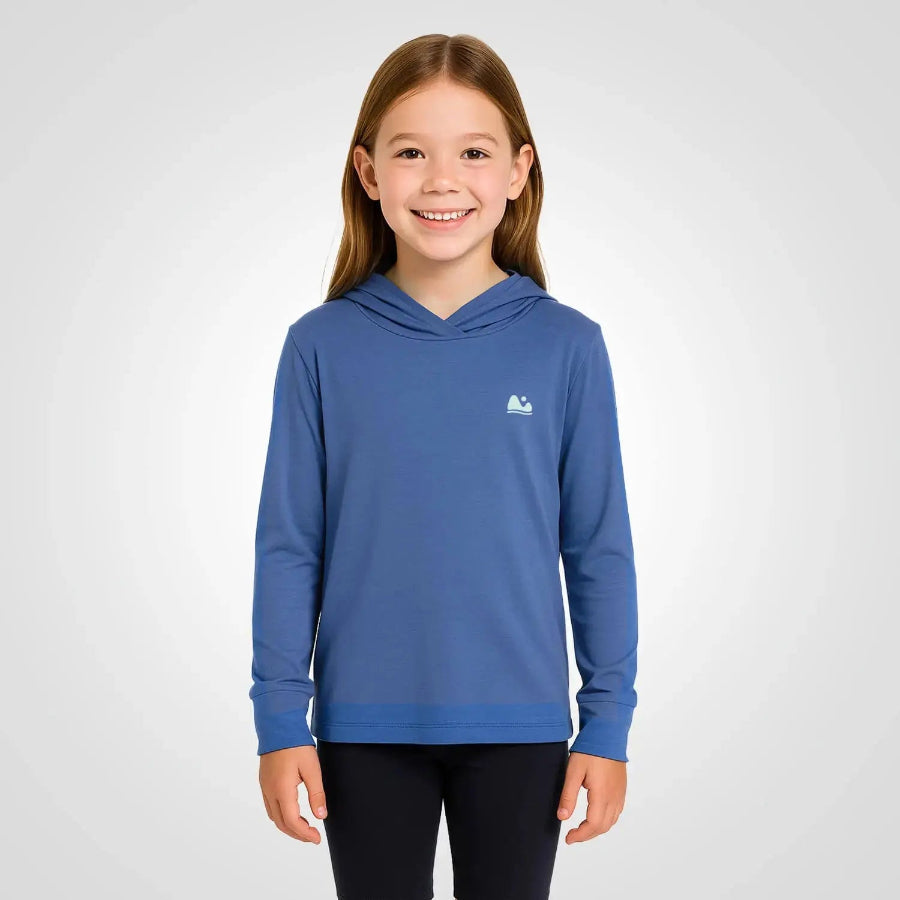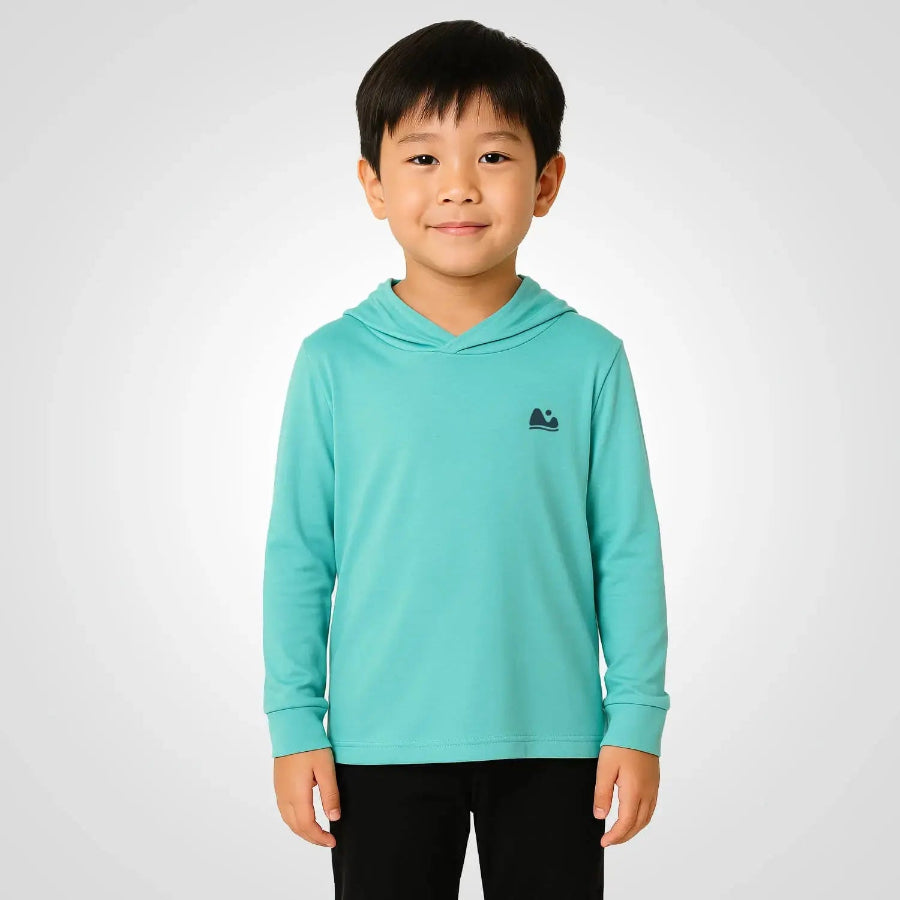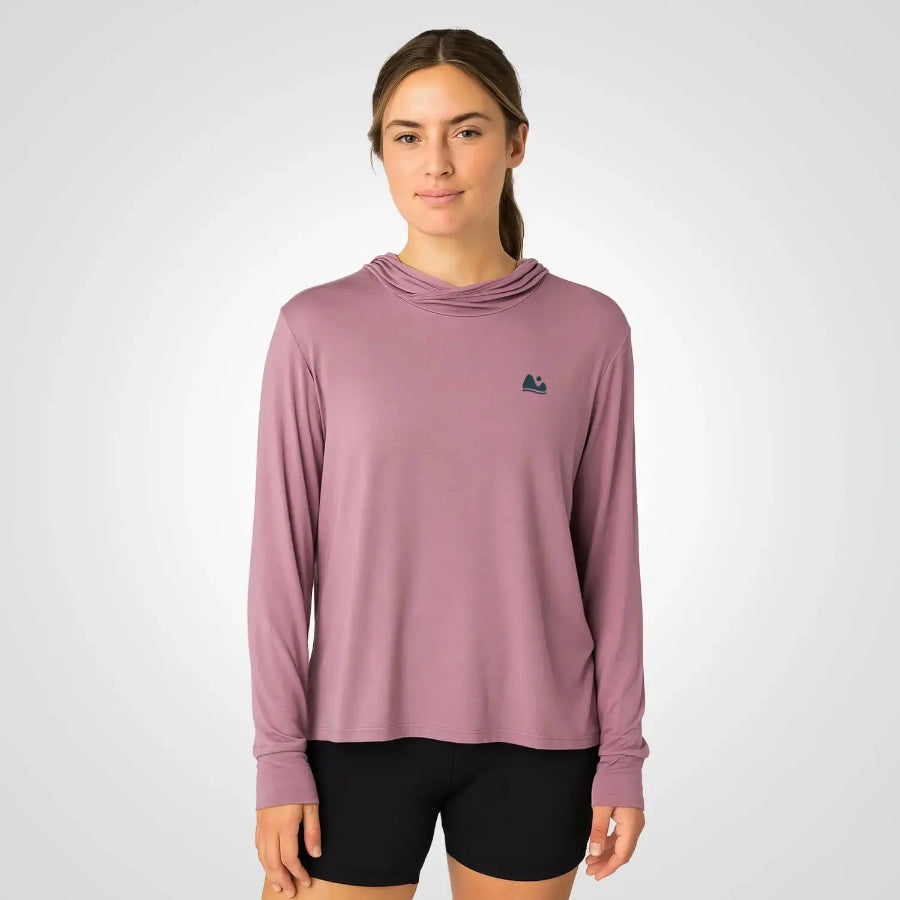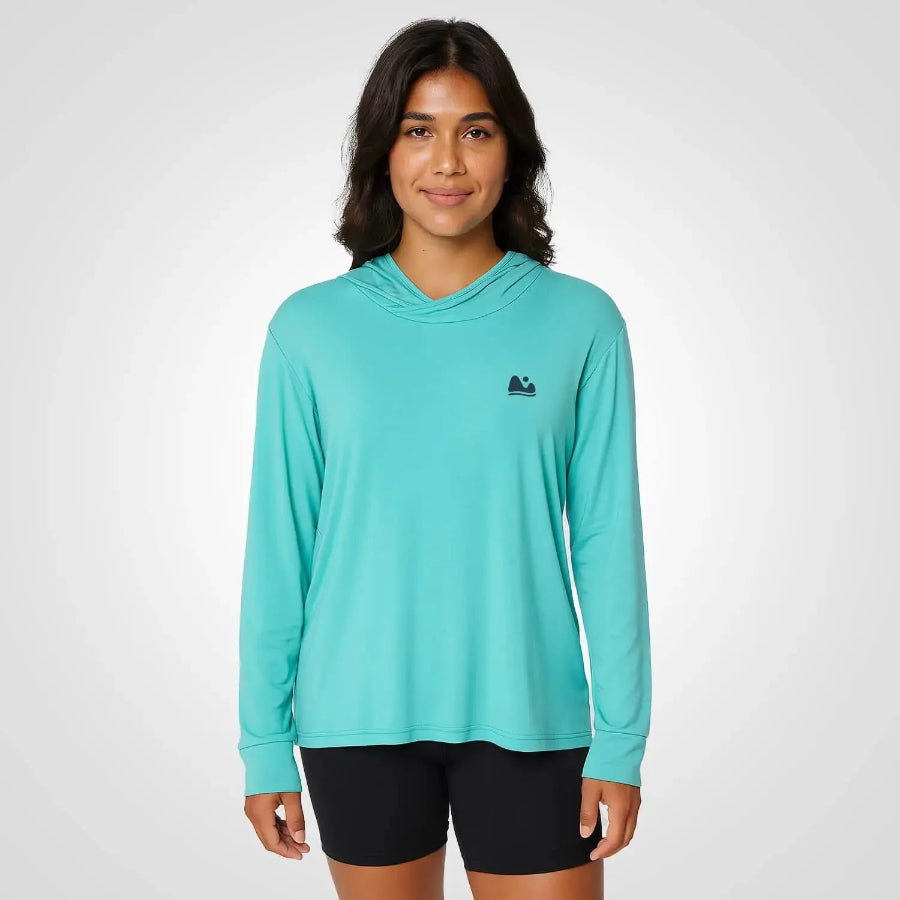Up to 30% off on ONE shirts and Rash guards when you get one for you and one for your little one to match. Automatically applies at checkout.

Bamboo vs. Merino: Which Fabric Is Best for Winter Layers?
Bamboo vs. Merino: Which Fabric Is Best for Winter Layers?
When it comes to dressing kids for winter adventures, choosing the right base layers can make all the difference. Winter layering is essential to keep kids warm, dry, and comfortable, especially for outdoor play in colder months. Two popular choices for winter base layers are bamboo clothing and merino wool for kids. But which one is best for your little adventurer? Here’s a comparison of these two fabrics, including their pros and cons for warmth, comfort, and sustainability.
Why Winter Base Layers Matter
The key to keeping kids comfortable outdoors in winter is layering. A good base layer is the foundation of warmth, pulling moisture away from the skin and trapping body heat without making kids feel bulky or restricted. Both bamboo and merino wool offer excellent insulation and comfort, making them top choices for winter layers.
Bamboo Clothing: Softness and Versatility
Bamboo clothing has grown in popularity over recent years, and for good reason. Bamboo is a renewable resource that’s soft, durable, and naturally moisture-wicking, making it an excellent option for kids’ clothing.
Pros of Bamboo for Winter Base Layers:
- Softness and Comfort: Bamboo is incredibly soft, making it ideal for kids with sensitive skin. It’s even softer than cotton, which is why many parents love it for kids who need comfortable clothing for all-day wear.
- Moisture-Wicking: Bamboo wicks moisture away from the skin, keeping kids dry and comfortable even if they start to sweat during outdoor activities.
- Temperature Regulation: Bamboo is naturally insulating and breathable, which means it keeps kids warm without overheating. It’s great for layering, as it works well in both cool and warmer winter days.
- Eco-Friendly: Bamboo grows quickly and requires little water, making it a sustainable choice for environmentally conscious families.
Best Pick: Play Outside’s Bamboo ONE Adventure Shirt is a great base layer option for winter, providing cozy comfort and moisture-wicking benefits that help keep kids dry and warm. This shirt is versatile enough to wear under a jacket or on its own for mild winter days.
Cons of Bamboo for Winter Layers:
- Less Insulating in Extreme Cold: While bamboo offers some insulation, it may not be as warm as merino wool in very low temperatures.
Merino Wool: Warmth and Odor Resistance
Merino wool has long been a favorite for winter wear. Known for its superior insulation and softness, merino wool for kids is a great choice for those extra-chilly days.
Pros of Merino Wool for Winter Base Layers:
- Excellent Insulation: Merino wool is a natural insulator, trapping body heat and keeping kids warm even in freezing conditions. It’s an ideal choice for snowy or windy weather.
- Moisture-Wicking and Quick-Drying: Merino wool draws moisture away from the skin and dries quickly, keeping kids comfortable no matter how active they are.
- Odor-Resistant: One of merino’s best features is its natural odor resistance, which means it stays fresh longer between washes—perfect for long outdoor days. Though bamboo is also odor resistant, Merino wool is even more so.
Best Pick: Try a brand like Icebreaker’s Merino 200 Oasis Kids Crew for a full merino base layer. Or Ikslpor.
Cons of Merino Wool for Winter Layers:
- Cost: Merino wool can be pricier than bamboo, which might be a consideration if you’re looking for an affordable option.
- Care and Maintenance: Merino wool generally requires more delicate care to maintain its quality. Some merino wool items need hand-washing or air-drying to prevent shrinking or stretching.
- Itchy: even though Merino is less itchy than regular wool, it might still be itchy for sensitive skin.
Bamboo vs. Merino: Which is Best for Your Child?
Both bamboo and merino wool have unique benefits, so the choice depends on your child’s needs and your winter activities.
- For Mild to Moderate Cold: If you’re looking for a versatile, soft base layer for everyday wear or moderate cold, bamboo is an excellent choice. Its lightweight feel and breathable nature make it a comfortable option for outdoor play or layering under heavier jackets.
- For Extreme Cold and Longer Adventures: Merino wool shines in very cold temperatures or for extended outdoor play. Its superior insulation and moisture-wicking abilities make it ideal for ski trips, mountain hikes, or other cold-weather activities where warmth and dryness are crucial.
Why Not Both? Pairing Bamboo and Merino
For those who want the best of both worlds, consider using a bamboo base layer like the Bamboo ONE Adventure Shirt as the first layer, with a merino mid-layer for extra insulation. This combination gives you the softness and comfort of bamboo next to the skin, while the merino wool layer adds extra warmth and odor resistance.
Additional Tips for Choosing Winter Base Layers
- Look for Blends: Some clothing brands offer bamboo-merino blends, which combine the comfort of bamboo with the warmth of merino for a balanced base layer.
- Size Up for Longer Use: Kids grow quickly, so consider sizing up a bit on base layers so they can be used for multiple seasons.
- Prioritize Sustainability: Both bamboo and merino wool are sustainable options, but check for certifications like GOTS (Global Organic Textile Standard) for bamboo and Responsible Wool Standard for merino wool to ensure ethical and eco-friendly production.
Wrap Up: Warm and Cozy Adventures Await!
Both bamboo clothing and merino wool for kids make excellent winter base layers, each with its own strengths. Bamboo offers comfort and breathability, while merino brings warmth and durability. Whether you choose bamboo, merino, or a mix of both, you’ll be setting your little one up for cozy, comfortable outdoor adventures all winter long.
At Play Outside, we’re committed to creating sustainable, versatile clothing that keeps up with every season’s adventures. Check out our Bamboo ONE Adventure Shirt and other winter-ready gear to keep your kids protected and happy in the great outdoors!
Love
- Adriana


